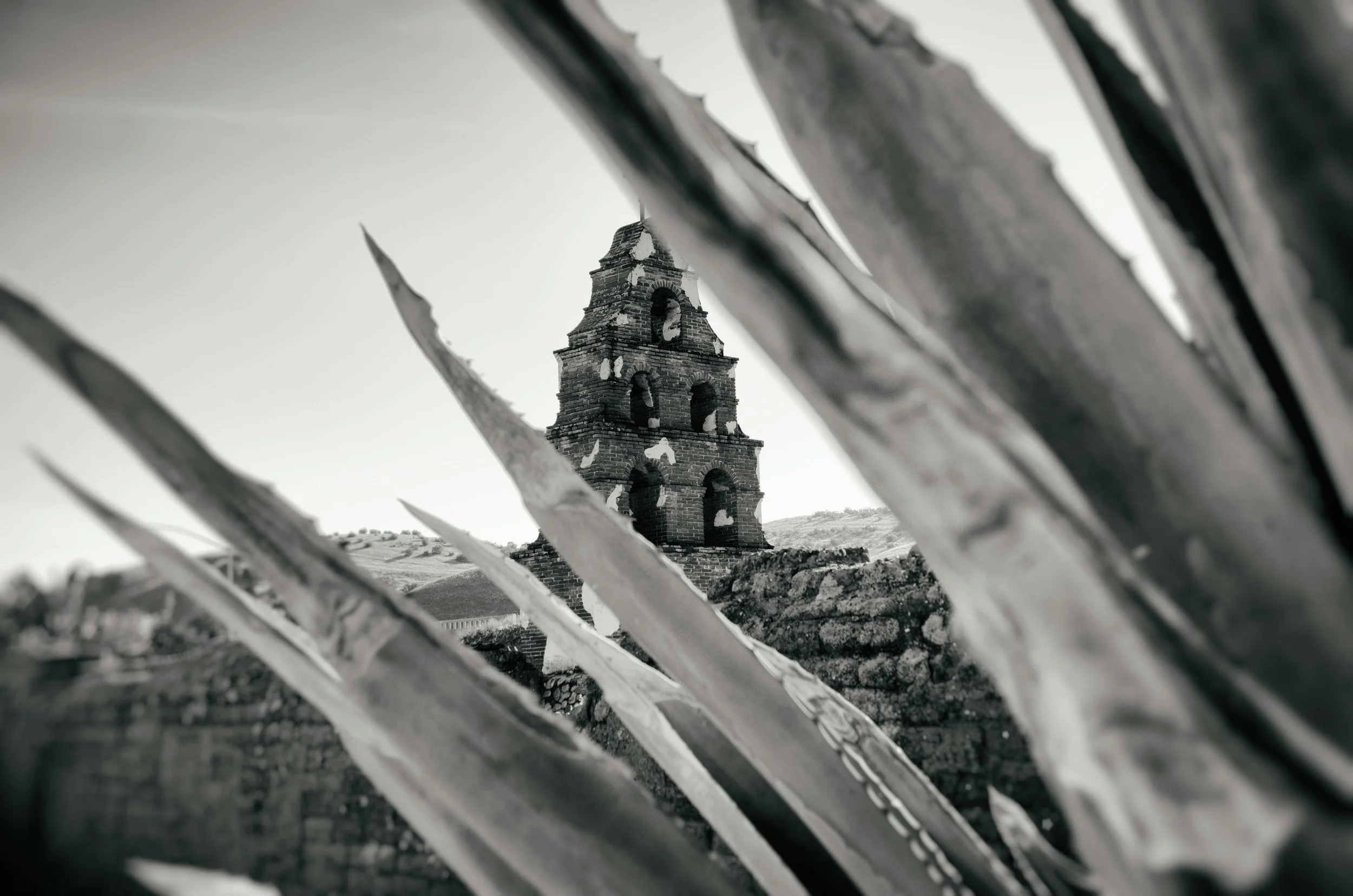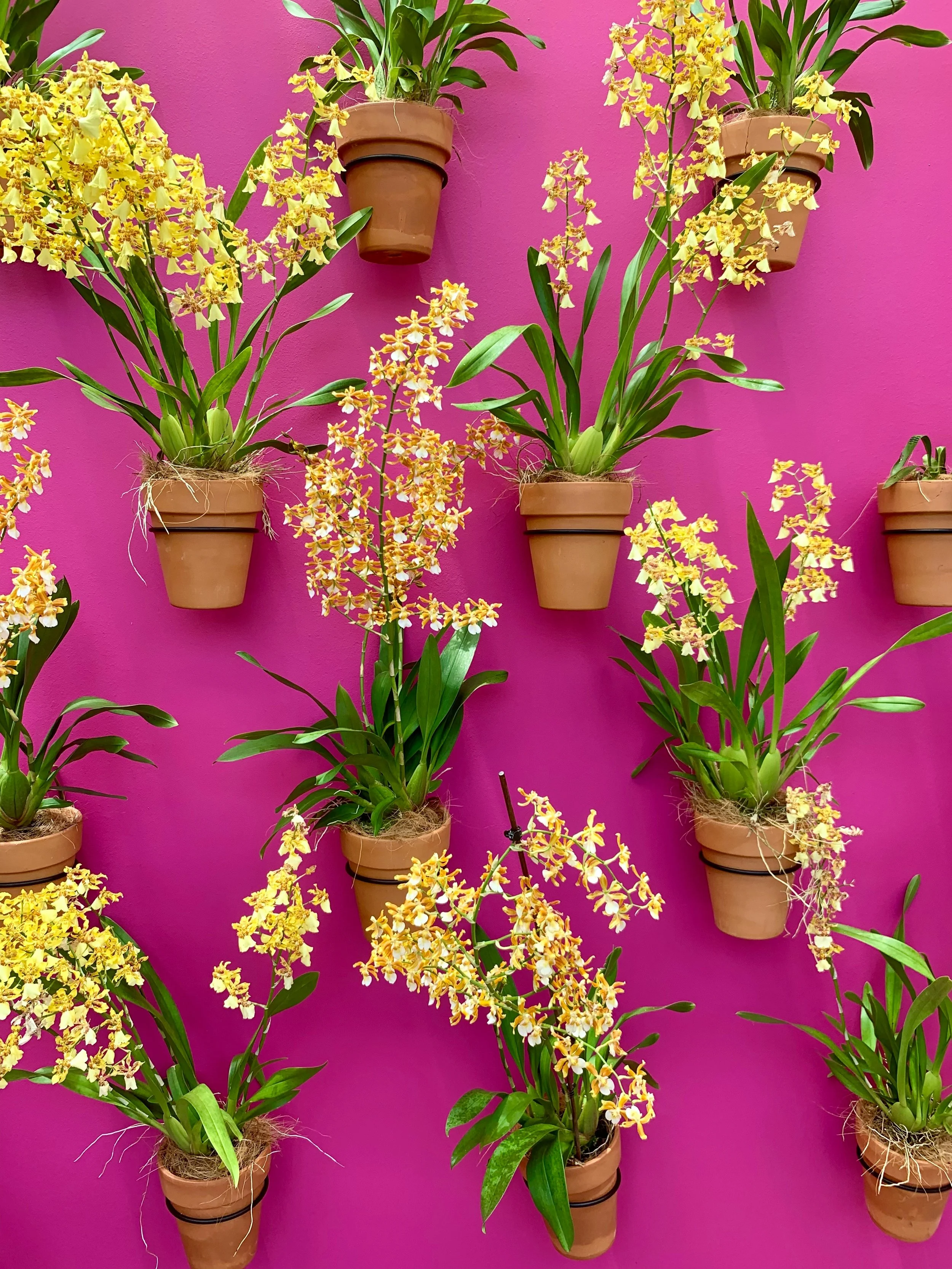Mission San Miguel Arcangel, California.
California's Central Coast is renowned for its breathtaking natural beauty and rich cultural heritage. With its Mediterranean climate and rolling landscapes, this area provides an ideal setting for Latin-inspired landscape designs. The influence of Latin architects and historical Spanish colonial elements are especially evident here, creating a unique blend of old and new. In this journal, we'll explore how to integrate Latin-inspired designs into your Central Coast garden, highlighting prominent latin architects who have influenced regional designers.
The Central Coast: A Historical Crossroad
The Central Coast, stretching from Santa Cruz to Santa Barbara, has a deep-rooted history influenced by Spanish colonization and Mexican culture. The Spanish missions established along El Camino Real introduced various architectural and landscaping elements that continue to shape the region's aesthetic today. These missions, built with adobe and featuring central courtyards, have inspired many contemporary landscape designs.
Spanish tiles, wrought iron, arches, stucco and vibrant accents make for a beautiful latin inspired landscape design.
Key Elements of Latin-Inspired Landscape Design on the Central Coast
Mission-Style Courtyards:
Central courtyards, or "patios," provide a private, tranquil space for relaxation and gatherings.
Incorporate terracotta tiles, wrought iron furniture, and vibrant textiles to evoke the traditional feel.
Water Features:
Use fountains and small water features to add a sense of tranquility reminiscent of conventional Spanish gardens.
Tiled or stone basins enhance the aesthetic and historical connection.
Colorful Plantings:
Embrace bold, vibrant colors with flowers like bougainvillea, hibiscus, and bird of paradise.
Incorporate drought-tolerant plants such as succulents and agave, which are well-suited to the Central Coast's climate.
Adobe and Stone Elements:
Integrate adobe walls and stone pathways to reflect traditional building materials used in historic Latin architecture.
Use natural, earthy tones to blend with the surrounding environment.
Shade Structures:
Design pergolas and trellises with climbing plants like grapevines or wisteria to provide shade and create a cozy outdoor living space.
Traditional materials like wood and wrought iron enhance the authenticity.
Tile Work:
Decorative tiles are a quintessential element, often used for stair risers, benches, and wall accents.
Opt for colorful, hand-painted tiles to add a unique artistic touch.
Influential Latin Architects and Their Contributions
The Central Coast has been influenced by the contributions of several notable Latin architects whose work continues to influence upcoming and prominent landscape designers in the region.
Cuadra San Cristobal, Mexico City. By Luis Barragán.
Luis Barragán:
Known for his masterful use of color, light, and space, Barragán's influence can be seen in California's vibrant, colorful gardens and courtyards.
His emphasis on creating serene, contemplative spaces aligns perfectly with the tranquil atmosphere of the central coast region.
Ricardo Legorreta:
Legorreta's designs often feature bold geometric shapes, vibrant colors, and an integration of indoor and outdoor spaces.
His work on projects like the Camino Real Hotel in Mexico City showcases the seamless blend of modern and traditional elements, which can be adapted to local residential landscapes with a desire to bring Latin influences to the spatial garden.
Mario Schjetnan:
An advocate for sustainable design, Schjetnan's projects emphasize ecological balance and community engagement.
His landscape designs often incorporate native plants and water-saving features, making them highly relevant to the Central Coast's sustainable footprint advocates.
A Legorreta courtyard utilizing vibrant colors and a bold spatial use of indoor and outdoor living.
A Schjetnan landscape design utilizing lush planting and natural materials.
Adapting Latin-Inspired Designs to Modern Central Coast Gardens
While staying true to traditional elements, Latin-inspired designs can seamlessly integrate into modern Central Coast landscapes. Here are some ways to blend the old with the new:
Sustainable Practices:
Implement water-saving irrigation systems such as drip irrigation to maintain lush gardens while conserving water.
Use native Central Coast plants alongside traditional Latin flora to create a sustainable and resilient garden.
Contemporary Outdoor Living:
Incorporate modern outdoor kitchens and fire pits into the courtyard space, making it a functional area for year-round use.
Use sleek, modern furniture that complements the traditional design elements without overwhelming them.
Blending Cultures:
Mix Latin-inspired elements with other cultural influences reflecting Central Coast's diverse historical heritage.
Create fusion gardens that celebrate multiculturalism, using design principles from various traditions.
Latin-inspired landscape designs offer a rich, historical tapestry that can transform any Central Coast garden into a vibrant, inviting space. By incorporating mission-style courtyards, water features, colorful plantings, and traditional materials, you can create a garden that honors the Central Coast's Latin heritage while embracing modern sustainable practices. Whether you live in an urban area or have a sprawling suburban yard, these design principles can be adapted to fit your space, offering a timeless aesthetic that is beautiful and practical.










